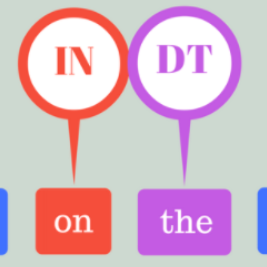Digital technologies have led to an influx of text created daily in a variety of languages, styles, and formats. A great deal of the popularity of spell-checking systems can be attributed to this phenomenon since they are crucial to polishing the digitally conceived text. In this study, we tackle Typographical Error Type Detection in Persian, which has been relatively understudied. In this paper, we present a public dataset named FarsTypo, containing 3.4 million chronologically ordered and part-of-speech tagged words of diverse topics and linguistic styles. An algorithm for applying Persian-specific errors is developed and applied to a scalable size of these words, forming a parallel dataset of correct and incorrect words. Using FarsTypo, we establish a firm baseline and compare different methodologies using various architectures. In addition, we present a novel Many-to-Many Deep Sequential Neural Network to perform token classification using both word and character embeddings in combination with bidirectional LSTM layers to detect typographical errors across 51 classes. We compare our approach with highly-advanced industrial systems that, unlike this study, have been developed utilizing a variety of resources. The results of our final method were competitive in that we achieved an accuracy of 97.62%, a precision of 98.83%, a recall of 98.61%, and outperformed the rest in terms of speed.
翻译:暂无翻译




